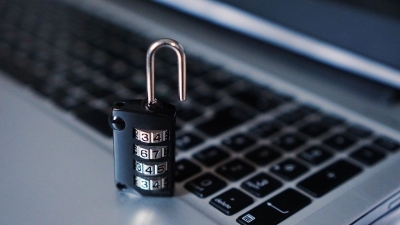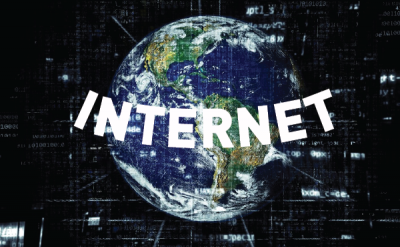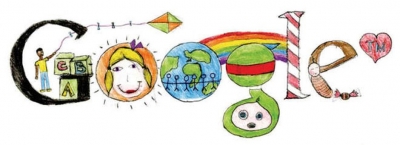What are the ways to stay safe in the digital world?

While the internet opens the doors to a new world, it comes with its own share of crimes Cyber crime as we know it, are crimes that take place in the digital world using a computer. These range from cyber bullying where users use social media and other platforms to bully a victim to hacking and phishing which can lead users to lose a lot of money and data.
It is good to be aware and proactive and protect yourself from such crimes online. Here are five
1. Install antivirus software on your system – While free ones are good, try and buy the original full version software as it not just protects your system from viruses it also prompts you if a website has malware or suspicious quick ways to do so content
2. Keep your details personal- Never reveal your age, address email ID, phone number or credit card details in a public forum Also try not to upload personal pictures online.
3. Stay away from strangers as much as possible - Social media is a thriving ground for criminals, so refrain from adding people you do not know.
4. Keep privacy settings at maximum-Most social media platforms have privacy settings. So ensure you only allow your friends to view your profile.
5. Report abuse-If anything seems fishy on a social media platform or anywhere on the Internet, report abuse. Almost all websites let you report content or people who might seem fishy.
Above all this, inform the cyber cell about any kind of cyber crime that you, or a friend encounter.
Picture Credit : Google



